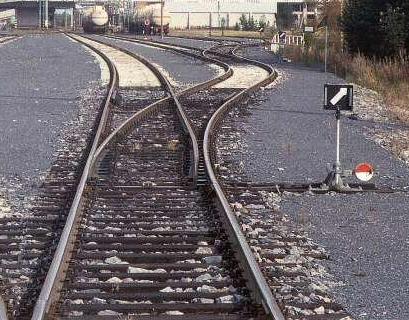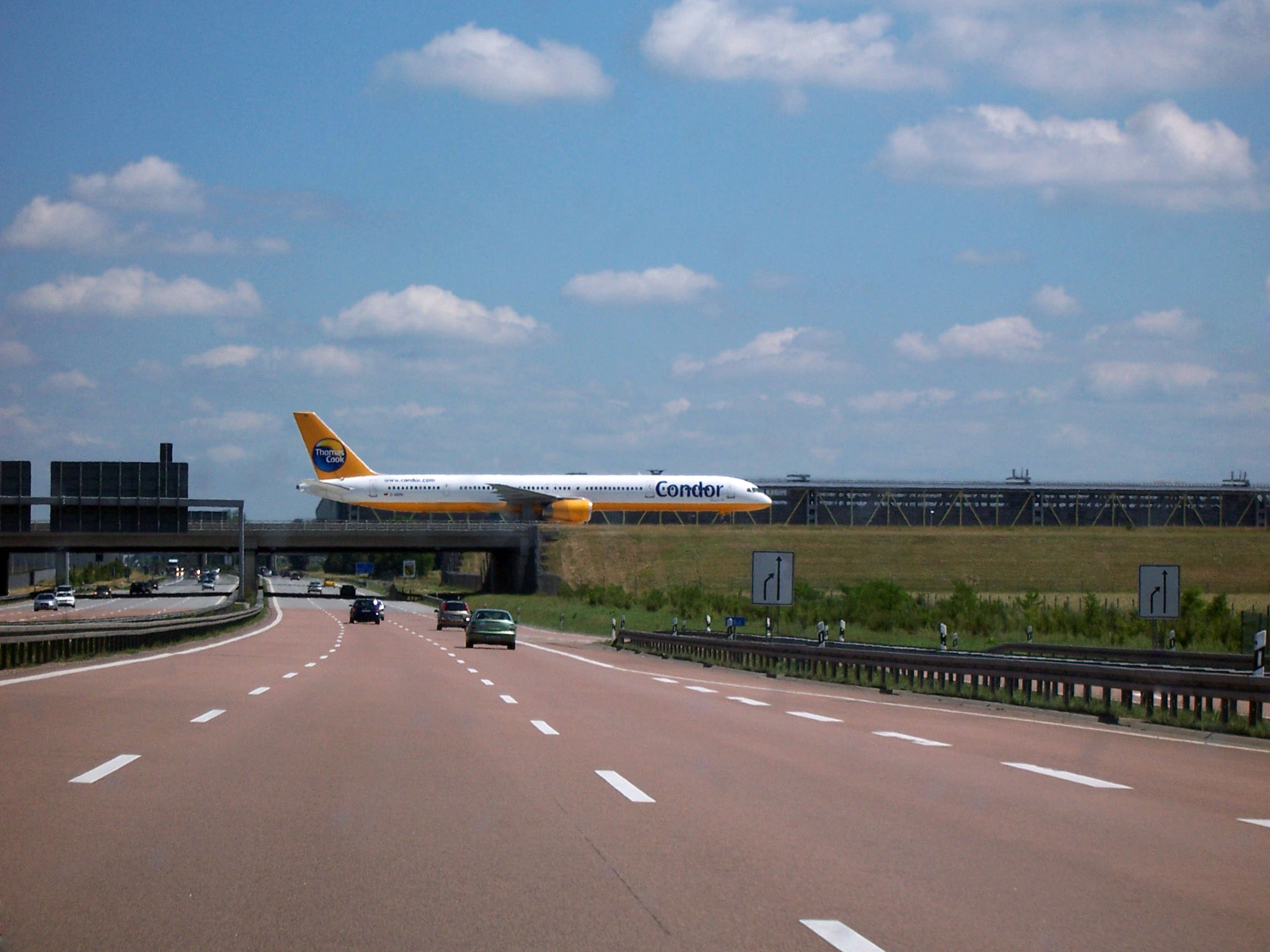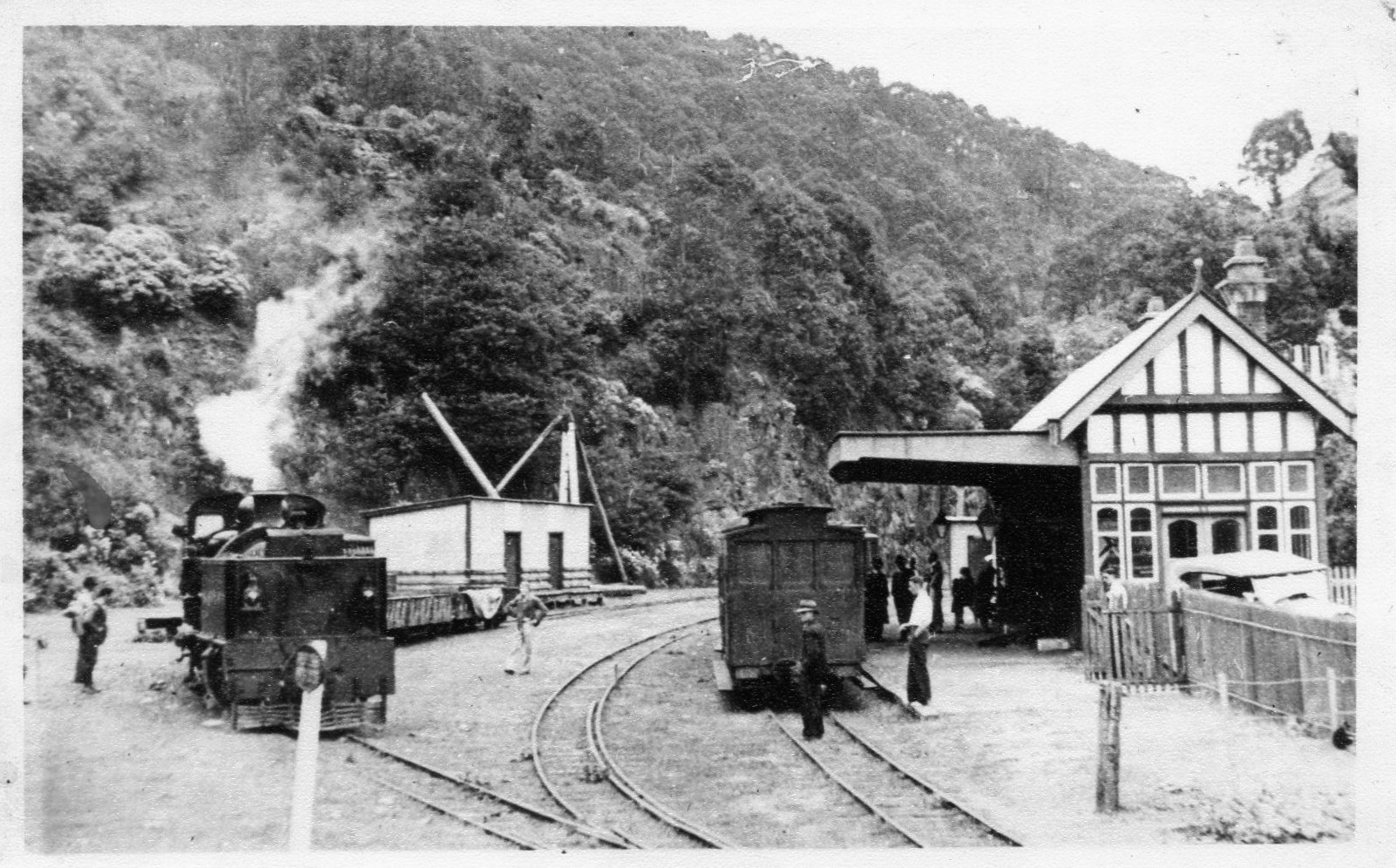|
Wangaratta Railway Station
Wangaratta railway station is located on the North East line in Victoria, Australia. It serves the town of the same name, and opened on 28 October 1873. History When Wangaratta opened, it was the temporary terminus of the line from Benalla, before it was extended to Wodonga on 21 November 1873. A goods shed is located across from the main platform, but has no siding, and the goods shed office was demolished in 1978. Dock platforms were once located at both ends of the station. There are footbridges at both the south end of the platform and over the northern end of the yard. The main platform and station building is located to the east of the standard gauge "West" line. The original standard gauge line runs in a concrete walled cutting, located between the station and adjoining street, with a number of bridges crossing this cutting to provide station access (this cutting was completed by mid-1960). The platform on the standard gauge "east" line runs through a cutting at th ... [...More Info...] [...Related Items...] OR: [Wikipedia] [Google] [Baidu] |
Public Transport Victoria
Public Transport Victoria (PTV) is the brand name for public transport in the Australian state of Victoria. It was previously the trading name of the Public Transport Development Authority (PTDA), a now-defunct statutory authority in Victoria, responsible for providing, coordinating, and promoting public transport. PTV began operating on 2 April 2012, taking over many of the responsibilities previously exercised by the Director of Public Transport and the Department of Transport. It also took over the marketing of public transport in Victoria from Metlink and Viclink, as well as responsibility for the myki ticketing system, formerly handled by the Transport Ticketing Authority. PTV's functions were transferred to the Department of Transport and Planning (DTP) on 1 July 2019. However, PTV continues to exist as the brand for public transport services in Victoria and refers to the Public Transport division of DTP. Governance PTV was the trading name of the Public Tr ... [...More Info...] [...Related Items...] OR: [Wikipedia] [Google] [Baidu] |
Wodonga Railway Station
Wodonga railway station is located on the North East line in Victoria, Australia. It serves the city of Wodonga, and it opened on 25 June 2011.Wodonga Vicsig Opening as part of the Wodonga Rail Bypass project, it replaced the original station that opened on 21 November 1873 and closed on 9 November 2008. Disused station Barnawartha is located between Wodonga and Chiltern. History As a terminus Wodonga station was the original terminus of the |
Railroad Switch
A railroad switch (American English, AE), turnout, or (set of) points (Commonwealth English, CE) is a mechanical installation enabling railway trains to be guided from one Rail tracks, track to another, such as at a Junction (rail), railway junction or where a Branch line, spur or Siding (rail), siding branches off. Design The parts of a turnout are known by different names in different jurisdictions. The main terms in U.S. and UK usage are shown in the selectable diagrams. In this article, the U.S. term is listed first and UK second, in parentheses. The most common type of switch consists of a pair of linked tapering rails, known as ''points'' (''switch rails'' or ''point blades''), lying between the diverging outer rails (the ''stock rails''). These points can be moved laterally into one of two positions to direct a train coming from the point blades toward the straight path or the diverging path. A train moving from the narrow end toward the point blades (i.e. it ... [...More Info...] [...Related Items...] OR: [Wikipedia] [Google] [Baidu] |
Grade Separation
In civil engineering (more specifically highway engineering), grade separation is a method of aligning a junction of two or more surface transport axes at different heights ( grades) so that they will not disrupt the traffic flow on other transit routes when they cross each other. The composition of such transport axes does not have to be uniform; it can consist of a mixture of roads, footpaths, railways, canals, or airport runways. Bridges (or overpasses, also called flyovers), tunnels (or underpasses), or a combination of both can be built at a junction to achieve the needed grade separation. In North America, a grade-separated junction may be referred to as a ''grade separation'' or as an '' interchange'' – in contrast with an ''intersection'', '' at-grade'', a '' diamond crossing'' or a ''level crossing'', which are not grade-separated. Effects Advantages Roads with grade separation generally allow traffic to move freely, with fewer interruptions, and at higher overall ... [...More Info...] [...Related Items...] OR: [Wikipedia] [Google] [Baidu] |
Standard-gauge Railway
A standard-gauge railway is a railway with a track gauge of . The standard gauge is also called Stephenson gauge (after George Stephenson), international gauge, UIC gauge, uniform gauge, normal gauge in Europe, and SGR in East Africa. It is the most widely used track gauge around the world, with about 55% of the lines in the world using it. All high-speed rail lines use standard gauge except those in Russia, Finland, Uzbekistan, and some line sections in Spain. The distance between the inside edges of the heads of the rails is defined to be 1,435 mm except in the United States, Canada, and on some heritage British lines, where it is defined in U.S. customary/ British Imperial units as exactly "four feet eight and one half inches", which is equivalent to 1,435.1mm. History As railways developed and expanded, one of the key issues was the track gauge (the distance, or width, between the inner sides of the rail heads) to be used, as the wheels of the rolling stock (locomoti ... [...More Info...] [...Related Items...] OR: [Wikipedia] [Google] [Baidu] |
Narrow Gauge Lines Of The Victorian Railways
The former Victorian Railways, the state railway authority in Victoria, Australia, built a number of experimental narrow-gauge lines around the beginning of the 20th century. Although all were closed by the early 1960s, parts of two have been reopened as heritage railways. Background A depression in the early 1890s brought a halt to the rapid expansion of railways in Victoria. Politicians promoted narrow-gauge lines as a way to link remote communities, particularly in hilly country, without the expense of the railways. Railway officials opposed them, citing the inconvenience and expense of a break-of-gauge. The Parliamentary Standing Committee on Railways examined 14 regions for potential railways: # Bass River District: Without recommending a specific route, the Committee considered a narrow gauge line through the Bass River district to exploit timber resources along the river, coal deposits around Kilcunda and farming around Wonthaggi, eventually recommending exami ... [...More Info...] [...Related Items...] OR: [Wikipedia] [Google] [Baidu] |
Turntable (rail)
A railway turntable or wheelhouse is a device for turning railway rolling stock, usually locomotives, to face a different direction. It is especially used in areas where economic considerations or a lack of sufficient space have served to weigh against the construction of a turnaround wye. Railways needed a way to turn steam locomotives around for return journeys, as their controls were often not configured for extended periods of running in reverse; also many locomotives had a lower top speed in reverse. Most diesel locomotives, however, can be operated in either direction, and are considered to have "front ends" and "rear ends" (often determined by reference to the location of the crew cab). When a diesel locomotive is operated as a single unit, the railway company often prefers, or requires, that it be run "front end" first. When operated as part of a multiple unit locomotive consist, the locomotives can be arranged so that the consist can be operated "front end first" no ... [...More Info...] [...Related Items...] OR: [Wikipedia] [Google] [Baidu] |
Signal Box
A signal is both the process and the result of transmission of data over some media accomplished by embedding some variation. Signals are important in multiple subject fields including signal processing, information theory and biology. In signal processing, a signal is a function that conveys information about a phenomenon. Any quantity that can vary over space or time can be used as a signal to share messages between observers. The '' IEEE Transactions on Signal Processing'' includes audio, video, speech, image, sonar, and radar as examples of signals. A signal may also be defined as observable change in a quantity over space or time (a time series), even if it does not carry information. In nature, signals can be actions done by an organism to alert other organisms, ranging from the release of plant chemicals to warn nearby plants of a predator, to sounds or motions made by animals to alert other animals of food. Signaling occurs in all organisms even at cellular level ... [...More Info...] [...Related Items...] OR: [Wikipedia] [Google] [Baidu] |
Passing Loop
A passing loop (UK usage) or passing siding (North America) (also called a crossing loop, crossing place, refuge loop or, colloquially, a hole) is a place on a single line railway or tramway, often located at or near a station, where trains or trams travelling in opposite directions can pass each other. Trains/trams going in the same direction can also overtake, provided that the signalling arrangement allows it. A passing loop is double-ended and connected to the main track at both ends, though a dead end siding known as a refuge siding, which is much less convenient, can be used. A similar arrangement is used on the gauntlet track of cable railways and funiculars, and in passing places on single-track roads. Ideally, the loop should be longer than all trains needing to cross at that point. Unless the loop is of sufficient length to be dynamic, the first train to arrive must stop or move very slowly, while the second to arrive may pass at speed. If one train is too lo ... [...More Info...] [...Related Items...] OR: [Wikipedia] [Google] [Baidu] |
Melbourne
Melbourne ( , ; Boonwurrung language, Boonwurrung/ or ) is the List of Australian capital cities, capital and List of cities in Australia by population, most populous city of the States and territories of Australia, Australian state of Victoria (state), Victoria, and the second most-populous city in Australia, after Sydney. The city's name generally refers to a metropolitan area also known as Greater Melbourne, comprising an urban agglomeration of Local Government Areas of Victoria#Municipalities of Greater Melbourne, 31 local government areas. The name is also used to specifically refer to the local government area named City of Melbourne, whose area is centred on the Melbourne central business district and some immediate surrounds. The metropolis occupies much of the northern and eastern coastlines of Port Phillip Bay and spreads into the Mornington Peninsula, part of West Gippsland, as well as the hinterlands towards the Yarra Valley, the Dandenong Ranges, and the Macedon R ... [...More Info...] [...Related Items...] OR: [Wikipedia] [Google] [Baidu] |
Newsrail
''Newsrail'' is a monthly railway magazine covering the railways and tramways of Victoria, Australia Victoria, commonly abbreviated as Vic, is a state in southeastern Australia. It is the second-smallest state (after Tasmania), with a land area of ; the second-most-populated state (after New South Wales), with a population of over 7 million; .... It was launched in January 1973 by the Victorian Division of the Australian Railway Historical Society, superseding ''Divisional Diary'', that had been published by the society since November 1957. Since May 2020, the magazine has been published by Victorian Rail Publishing Inc. Details * Issue December 2019 is Vol 47 No. 12. * Period = monthly * Size = 245 mm (H) by 170 mm (W) (to Dec 1991), A4 (from Jan 1992) References External linksOfficial website Magazines established in 1973 Magazines published in Melbourne Monthly magazines published in Australia Rail transport magazines published in Australia 1973 establishme ... [...More Info...] [...Related Items...] OR: [Wikipedia] [Google] [Baidu] |
Standard-gauge Railway
A standard-gauge railway is a railway with a track gauge of . The standard gauge is also called Stephenson gauge (after George Stephenson), international gauge, UIC gauge, uniform gauge, normal gauge in Europe, and SGR in East Africa. It is the most widely used track gauge around the world, with about 55% of the lines in the world using it. All high-speed rail lines use standard gauge except those in Russia, Finland, Uzbekistan, and some line sections in Spain. The distance between the inside edges of the heads of the rails is defined to be 1,435 mm except in the United States, Canada, and on some heritage British lines, where it is defined in U.S. customary/ British Imperial units as exactly "four feet eight and one half inches", which is equivalent to 1,435.1mm. History As railways developed and expanded, one of the key issues was the track gauge (the distance, or width, between the inner sides of the rail heads) to be used, as the wheels of the rolling stock (locomoti ... [...More Info...] [...Related Items...] OR: [Wikipedia] [Google] [Baidu] |






